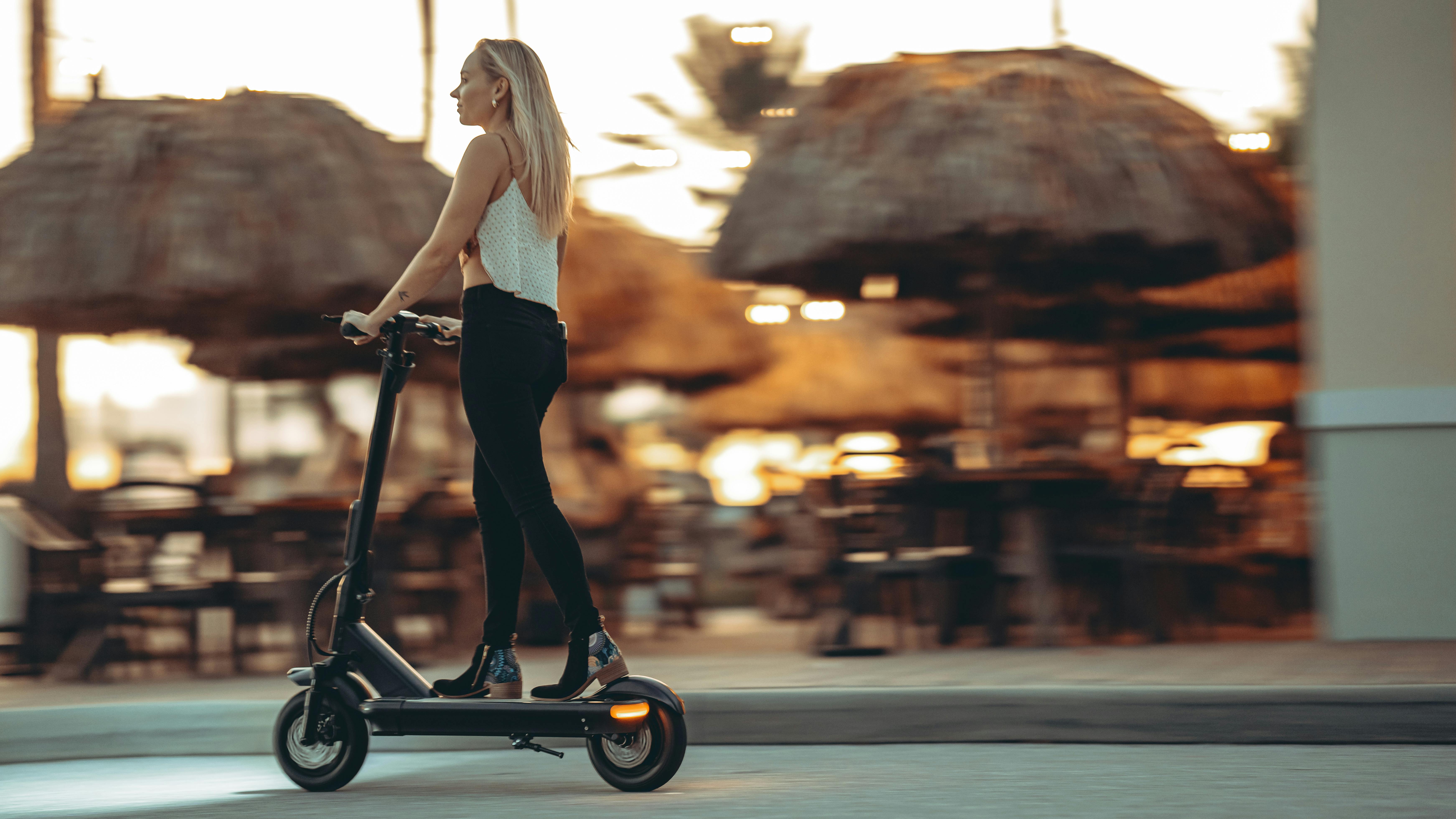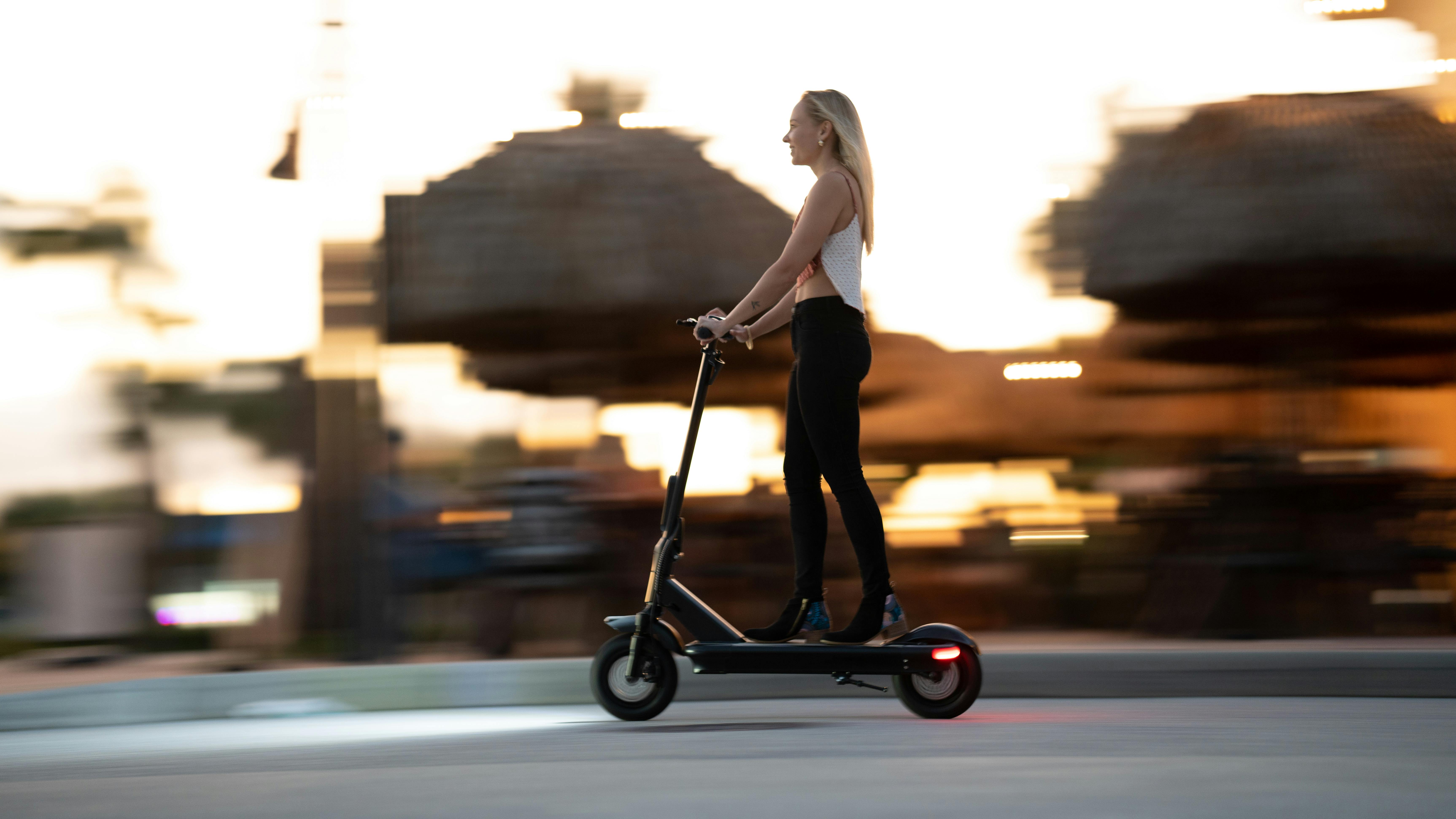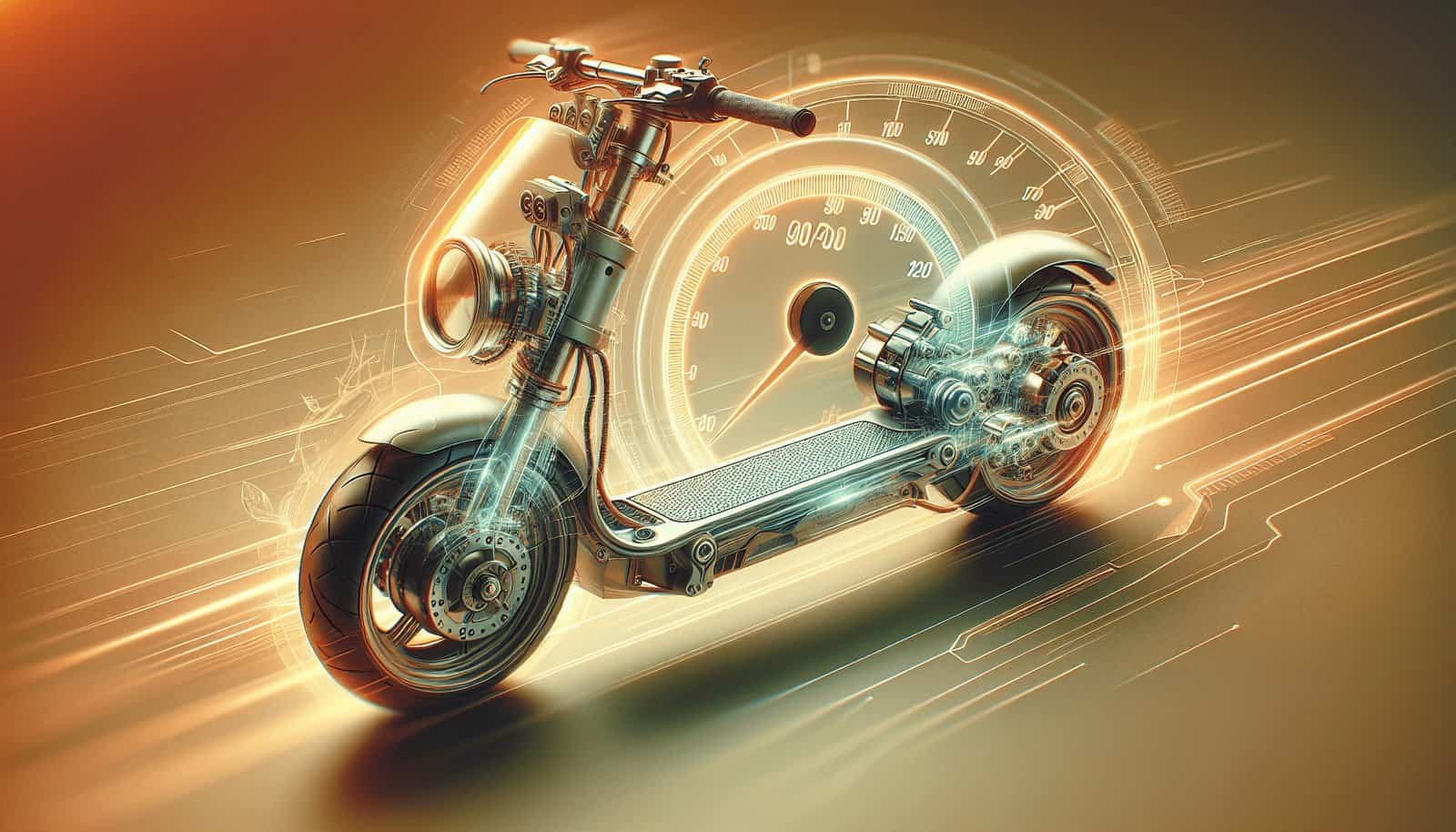Are you struggling with the accuracy of the speedometer on your electric scooter? Fret not, because I am here to guide you through the process of calibrating it. Whether you’ve noticed the speed readings are slightly off or you simply want to fine-tune it for a smoother ride, calibrating your speedometer is easier than you might think. In this article, we will explore the step-by-step process of calibrating the speedometer on your electric scooter, allowing you to confidently cruise the streets with accurate speed readings. So, let’s get started and unlock the true potential of your electric scooter!

Overview of Speedometer Calibration
Calibrating the speedometer on your electric scooter is an essential task to ensure accurate readings and maintain a safe riding experience. A properly calibrated speedometer allows you to monitor your speed effectively and comply with traffic laws. In this comprehensive article, we will guide you through the importance of speedometer calibration, how it works, signs of calibration issues, the tools needed for calibration, a step-by-step guide for calibration, alternative methods, safety precautions, common issues, and troubleshooting tips.
The Importance of Calibrating the Speedometer
Calibrating your electric scooter’s speedometer is crucial for several reasons. Firstly, an accurate speedometer reading allows you to adjust your driving speed according to traffic conditions and legal speed limits. This ensures your safety as well as that of others around you. Secondly, a calibrated speedometer prevents you from inadvertently violating speed regulations and helps you maintain a good driving record. Moreover, an accurate speedometer reading contributes to the longevity of your scooter’s components by preventing unnecessary wear and tear caused by excessive speed.

Understanding How the Speedometer Works
To effectively calibrate your electric scooter’s speedometer, it is essential to have a basic understanding of how it works. The speedometer generally consists of a speed sensor, a magnet attached to one of the wheels, and an electronic display. As the wheel rotates, the magnet passes by the speed sensor, generating electrical impulses. These impulses are then translated into speed readings on the display. The accuracy of these readings depends on various factors, including the wheel diameter and the calibration settings.
Signs of Speedometer Calibration Issues
There are a few signs that indicate your electric scooter’s speedometer may need calibration. One common issue is an inconsistent speed reading, where the displayed speed does not align with your actual speed. This can be dangerous as it may lead you to either drive too fast or too slow, which can result in accidents or unnecessary traffic congestion. Another sign is drastic fluctuations in speed readings, such as jumps or drops in speed, even when your driving remains consistent. If you notice any of these signs, it is likely time to calibrate your speedometer.

Tools Needed for Speedometer Calibration
Before diving into the calibration process, it’s important to gather the necessary tools. To calibrate your electric scooter’s speedometer, you will need the following:
1. Owner’s Manual
The owner’s manual is a valuable resource that provides specific instructions for calibrating your scooter’s speedometer. It contains details regarding the process, recommended wheel diameter, and any specific adjustment tools required.
2. Measuring Tape
A measuring tape is essential to accurately measure the diameter of your scooter’s wheels. This measurement is necessary to enter the correct wheel diameter during the calibration process.
3. GPS Device or App
A GPS device or app is used to compare and verify the accuracy of your scooter’s speedometer readings. By comparing the speed displayed on the speedometer with the GPS device’s readings, you can identify any discrepancies and make necessary adjustments.
4. Adjustment Tools
Depending on the specific requirements of your electric scooter model, you may need some adjustment tools. These tools can include screwdrivers, wrenches, or other tools specified in your owner’s manual.
Step-by-Step Guide to Calibrate the Speedometer
Now that you have gathered the necessary tools, let’s dive into the step-by-step process of calibrating your electric scooter’s speedometer:
Step 1: Consult the Owner’s Manual
Start by reading the owner’s manual thoroughly. It will provide you with precise instructions for calibrating the speedometer specific to your electric scooter model. Familiarize yourself with the process and gather any additional tools or information required for the calibration.
Step 2: Measure the Wheel Diameter
Using a measuring tape, measure the diameter of your scooter’s wheels. Ensure that you measure the outer edge of the tire to get an accurate reading. The wheel diameter is a crucial input for the speedometer calibration, as it directly affects the accuracy of the speed readings.
Step 3: Access the Speedometer Calibration Settings
Locate the speedometer calibration settings on your electric scooter. Depending on the model, these settings may be accessible through a display screen, buttons, or a combination of both. Follow the instructions in the owner’s manual to access the calibration menu.
Step 4: Enter the Correct Wheel Diameter
Using the buttons or controls specified in the owner’s manual, input the measured wheel diameter into the speedometer calibration settings. Ensure that you enter the value accurately to achieve the desired calibration.
Step 5: Test the Speedometer Reading with GPS
Take your electric scooter to an open area where you can safely accelerate and maintain a constant speed. Activate the GPS device or app and ride your scooter while observing the displayed speed on both the speedometer and GPS. Compare the readings between the two sources to determine if any adjustments need to be made.
Step 6: Make Adjustments if Necessary
If there are noticeable discrepancies between the speedometer reading and the GPS reading, make appropriate adjustments according to the manufacturer’s instructions. Repeat steps 4 and 5 until the speedometer readings align closely with the GPS readings, ensuring accurate speed reporting.

Alternative Methods of Speedometer Calibration
While the step-by-step guide we provided follows the traditional calibration process using the scooter’s built-in settings, there are alternative methods you can explore:
Using a Smartphone GPS App
Instead of using a dedicated GPS device, you can utilize a smartphone GPS app to compare speedometer readings. These apps provide accurate speed measurements and can be a convenient alternative to traditional GPS devices.
Using Speedometer Calibration Apps
There are also specific speedometer calibration apps available that can assist in the calibration process. These apps provide detailed instructions and often include additional features like automatic calibration or real-time speed comparisons.
Taking Multiple Manual Measurements
If you do not have access to a GPS device or app, you can manually measure the accuracy of your scooter’s speedometer readings. Mark a specific distance on a flat track or road, and ride your scooter while timing how long it takes to cover that distance. Compare the time it took with the speedometer reading to calculate the actual speed. Repeat this process at different speeds to evaluate the speedometer’s accuracy.
Tips and Safety Precautions
To ensure a smooth and safe speedometer calibration process, here are some tips and safety precautions to keep in mind:
Calibrate the Speedometer in an Open Area
When testing the speedometer readings, always choose an open area with minimal traffic or obstacles. This allows you to maintain a constant speed and focus on the calibration process without endangering yourself or others.
Follow the Manufacturer’s Instructions
Always refer to the owner’s manual for precise instructions and guidelines provided by the manufacturer. Each scooter model may have specific steps or requirements for calibration, so it’s essential to follow the instructions accurately.
Double-Check the Wheel Diameter
Accurate measurement of the wheel diameter is crucial for calibration. Double-check your measurements to ensure they are correct before entering the value into the speedometer calibration settings. Even a slight discrepancy can result in inaccurate speed readings.
Always Observe Traffic Laws
During the calibration process, ensure that you comply with all traffic laws and regulations. Maintain a safe speed, wear appropriate safety gear, and be aware of your surroundings. Calibration should not compromise your safety or the safety of others on the road.
Common Issues and Troubleshooting
While calibrating the speedometer, you may encounter some common issues or face challenges. Here are a few troubleshooting tips to overcome them:
Inaccurate Speedometer Readings
If your speedometer readings consistently differ from the GPS readings, check if the wheel diameter setting is correct. Incorrect wheel diameter can lead to inaccurate speed reporting. Verify the entered value and make necessary adjustments.
Difficulty Accessing Calibration Settings
If you are having trouble accessing the calibration settings, refer to the owner’s manual for detailed instructions. In some cases, you may need to press specific combinations of buttons or follow a particular sequence to enter the calibration mode.
Error Messages or Malfunctions
If you encounter error messages or experience malfunctions during the calibration process, consult the troubleshooting section of the owner’s manual. It may provide guidance on common issues and how to resolve them. If the problem persists, contact the manufacturer or seek assistance from a qualified technician.
Conclusion
Regular calibration of your electric scooter’s speedometer is crucial for accurate speed reporting and a safe riding experience. By following the step-by-step guide and utilizing the necessary tools, you can ensure that your speedometer readings align with the actual speed. Explore alternative calibration methods if needed, and always prioritize safety by adhering to traffic laws. By maintaining an accurate speedometer, you can enjoy a smooth and reliable riding experience, free from the worries of inaccurate speed reporting.

